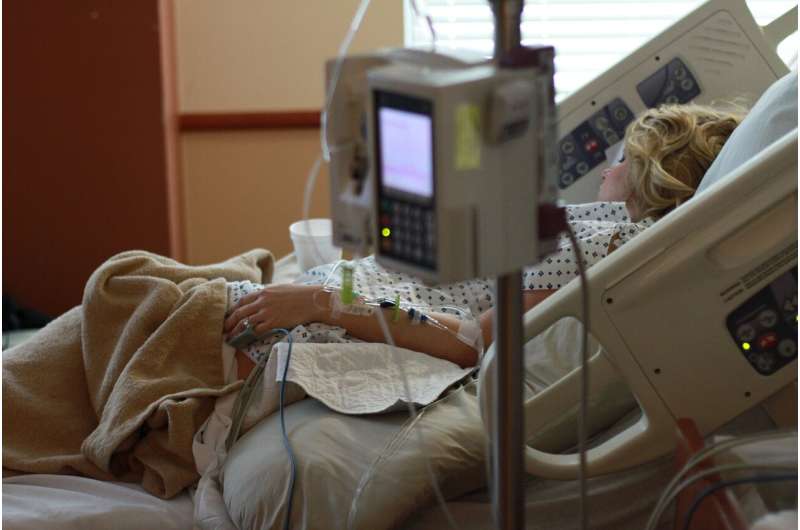Credit: Pixabay/CC0 Public Domain
It turns out that your sex may determine how you are treated for circulatory problems in the legs that cause muscle pain during walking or exercise. This condition, intermittent claudication (IC), is one of the more common conditions evaluated by vascular surgeons for both non-operative and operative treatment. While a patient's sex has been shown to influence outcomes of treatments or interventions for other vascular disorders, whether this is also true for IC had been unclear.
A new study from researchers at Boston University School of Medicine (BUSM) and Boston Medical Center (BMC) has found that female sex is associated with more re-interventions after surgical treatment for IC. Additionally, guideline-directed medical therapy, including aspirin and statin use, was used less frequently among female compared with male patients in both the pre-operative and post-operative settings.
"Based on these findings, we recommend that vascular interventionists treating female patients with intermittent claudication increase their efforts to maximize medical therapy and discuss with their patients the differences in intervention durability based on patient sex," explained first author Scott R. Levin, MD MSc, clinical instructor at BUSM.
The researchers conducted a retrospective analysis of patients undergoing vascular interventions for IC in more than 800 academic and nonacademic centers in North America from 2010-20. Among the 64,752 peripheral vascular interventions (PVI), 38 percent were performed in female patients. Out of the 9,314 infrainguinal bypasses (IIB) and 3,227 suprainguinal bypasses (SIB), 30 and 37 percent were performed in female patients, respectively. Female compared with male sex was associated with increased re-interventions after PVI, IIB and SIB at one year.
Additionally, they found that regardless of patient sex, one-year amputation rates were higher than expected compared to medical management (smoking cessation, aspirin and statin therapy, a walking program) alone prompting Levin to recommend that surgeons attempt an adequate period of medical therapy prior to offering invasive interventions for IC.
According to the researchers, increasing medical options, particularly for an elective vascular procedure, is essential and an area for immediate improvement. "However, this is only one factor that may mitigate the disparity in re-intervention rates by patient sex. Future prospective analysis is warranted to assess the reasons for the type of intervention offered, as well as for suboptimal medical therapy, treatment failures, and need for re-intervention among female patients," said Levin who also is a resident physician in general surgery at BMC.
These findings appear online in the journal Annals of Vascular Surgery.
More information: Scott R. Levin et al, Female Sex Is Associated with More Reinterventions After Endovascular and Open Interventions for Intermittent Claudication, Annals of Vascular Surgery (2022). DOI: 10.1016/j.avsg.2022.05.036
Provided by Boston University School of Medicine























